Background: The webbed neck is a very distinct and easily recognizable deformity due to the widened triangular base of the neck. The cause of the splayed neck appearance is due to a combination of excessive lateral and vertically short skin, a widened trapezius muscle and low set ears. The typical low hairline displacement that is seen is a sequelae of this neck anatomy aberrations not the cause of them.
Improving the neck webs has a long surgical history which has been understandably focused on directly treating the webs. Through excision and a tissue rearrangement strategy (e.g., z-plasties) the laterally displaced longitudinal bands are transposed medially. While an effective surgical technique the tradeoff of the scars gives pause as the scars present their own aesthetic liability. Many patients would not consider the scars as an aesthetic improvement.
As a result an alternative approach is to change the location of the excision and tissue rearrangement to a less visible location away from the side of the neck. This is an unconventional approach in that where the surgery is performed is not where the result is trying to be achieved. Meaning the webs are going to be relocated by unraveling them and moving the lateral tissues (skin and muscle) into the defect created on the back of the neck.
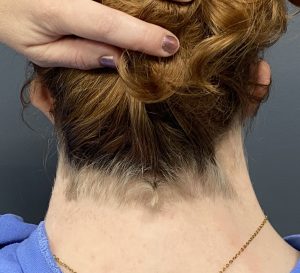
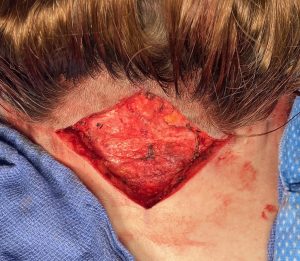
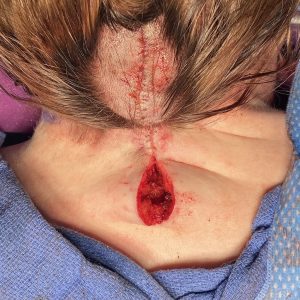

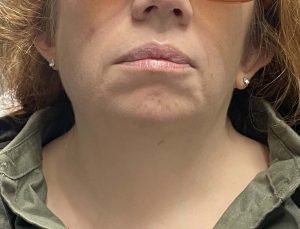
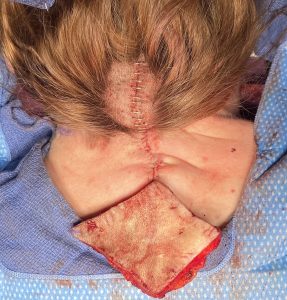
While the posterior approach is conceptually appealing the true final result will not be fully appreciated until 6 to 8 weeks after the surgery. At the end of surgery this is the ideal or most neck webbing correction that will be achieved. But there is always going to some amount of relapse as to how much medialization of the webs persist given that the webs are relocated not excised (cut out) It is impossible to predict exactly how much the relapse will be but it is never 0% nor is it 100% either. I would say it is more in the 20% to 30% range in most patients.
Key Points:
1) The webbed neck has a variety of presentations that can affect a webbed neck correction.
2) The posterior approach to webbed neck correction involves central tissue excision and skin web and trapezius muscle translocation.
3) Some relapse of webbed neck correction through tissue translocation does occur and is maximized bye 6 weeks after the surgery.
Dr. Barry Eppley
World-Renowned Plastic Surgeon





